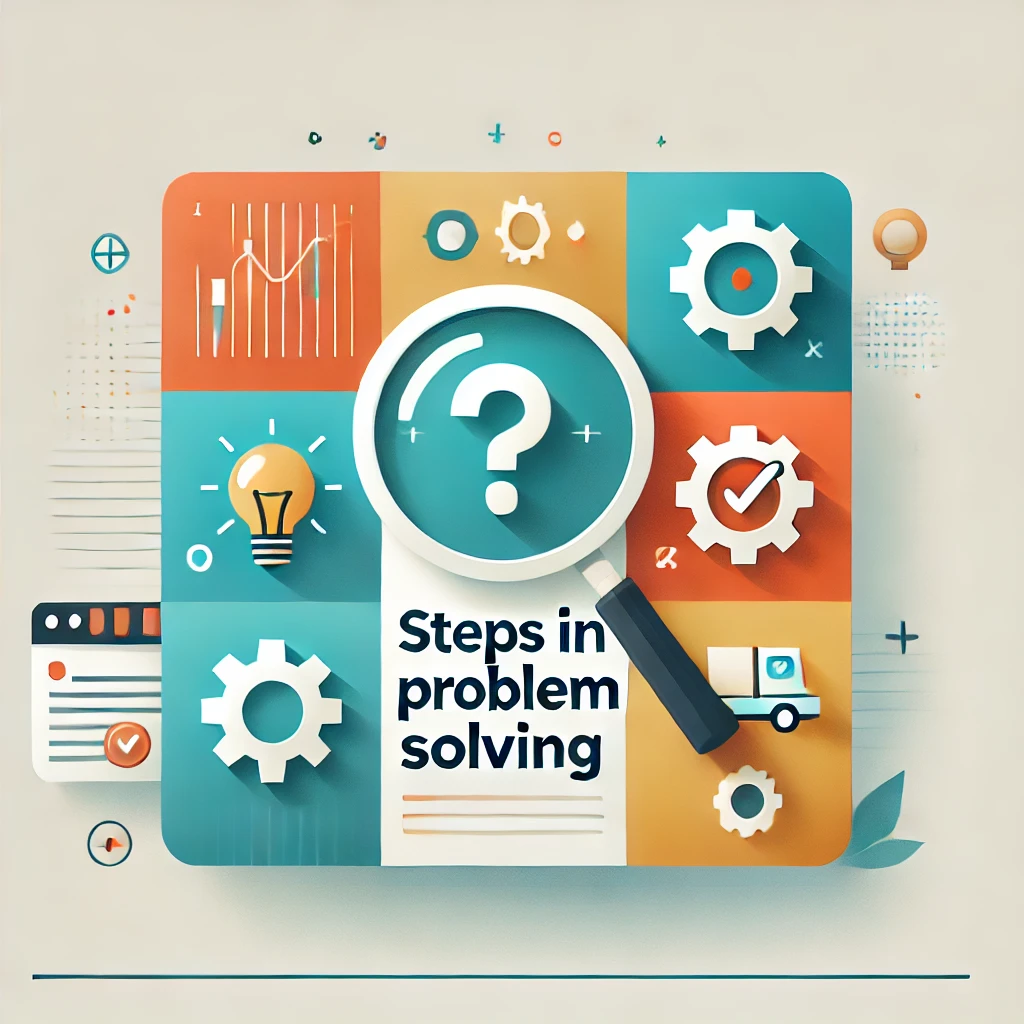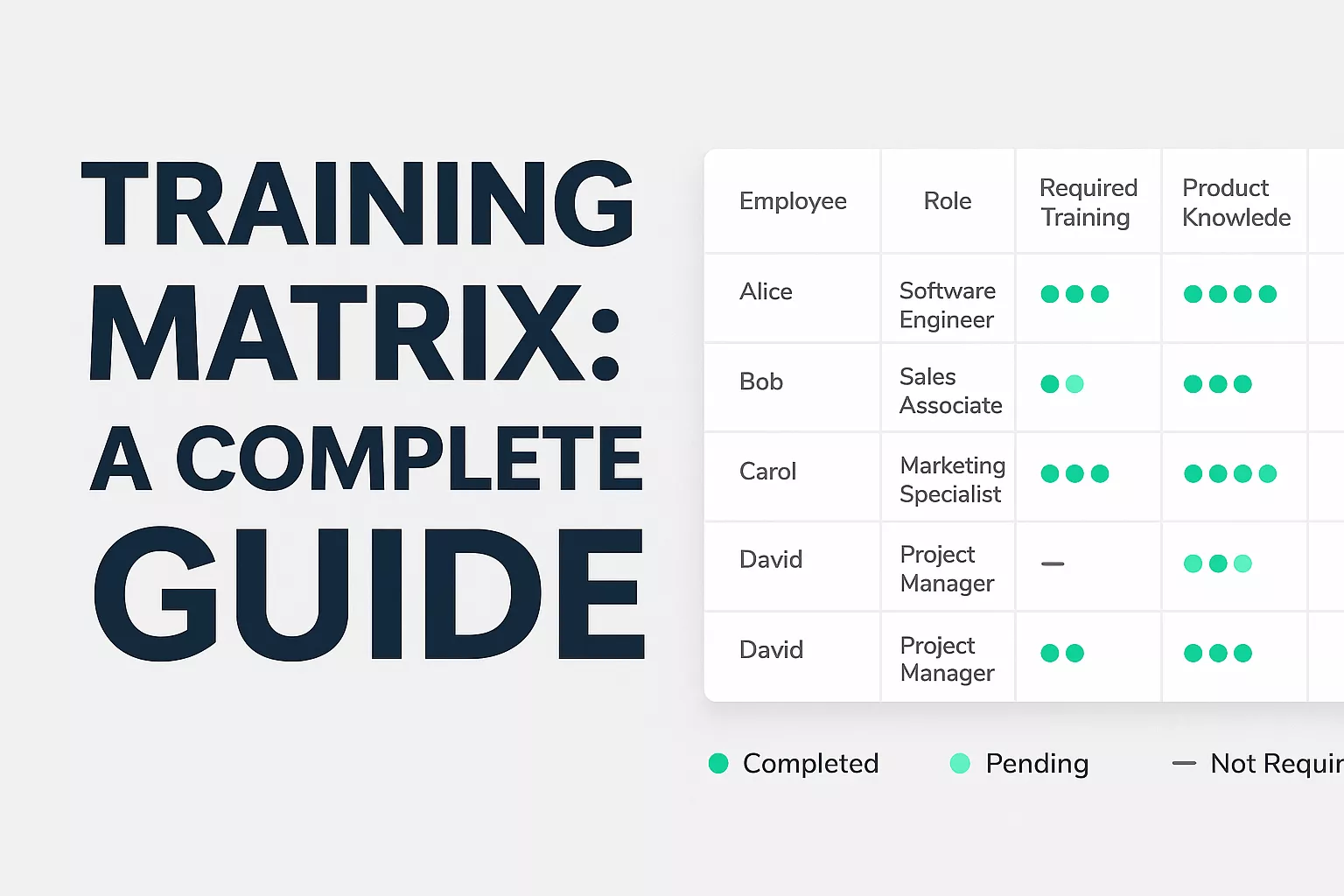by Venchito Tampon | Last Updated on February 14, 2025
Anyone can use many frameworks and tools to solve problems, but only one method works for every situation. When conducting corporate training programs on problem solving, decision-making, and critical thinking, we emphasize the need to have different tools and frameworks so that one can have multiple means of solving problems.
Given that every problem has its context, and there are different ways to solve it, it’s essential to have an arsenal of problem-solving tools.
Today’s guide will focus on one practical and structured problem-solving method: SAPADDAPA. This step-by-step process emphasizes thorough analysis, clear communication, and actionable solutions.
Steps in Problem Solving: Effective Framework for Decision-Making
1. Situation Analysis (S)
The first step in the SAPADDAPA framework is Situation Analysis, where the current circumstances are closely examined.
Pro Tip: You have to look at different situations for your problems. You need to be accountable and take ownership of things to face your current problems.
Understanding the problem’s background is essential in this phase to prevent misidentifying the issue or jumping to solutions prematurely.
To conduct a situation analysis:
- Gather facts and data surrounding the issue.
- Identify who is affected and the severity of the problem.
- Determine how long the problem has been ongoing and what triggered it.
Suppose a company experiences a sudden drop in employee engagement, resulting in decreased productivity. During the situation analysis, management collects employee surveys and performance data and conducts interviews to understand the scope and root causes of the problem. Recent changes to work schedules and a lack of feedback from managers have led to disengagement.
The primary reason why data gathering is important is that there are no biases in data – these are facts and numbers that can’t lie. This is compared to opinions and gossip, where there is subjectivity from people based on their relationships with the situation and with people involved in problem-solving situations.
2. Acknowledge the Problem (A)
After analyzing the situation, the next step is to Acknowledge the Problem. This formalizes the understanding of the issue and ensures that everyone involved sees the problem from the same perspective.
Acknowledging the problem requires full accountability and ownership. By facing the problem head-on and understanding that the person involved has a level of accountability toward the issue, there is a higher likelihood of solving the problem in the later steps.
Many managers face this dilemma: if a problem isn’t solved within their jurisdiction or scope of function, it could negatively affect their job. While that’s a reality they should be facing, more than focusing on the loss, it is a better strategy to look forward to solving the problem rather than denying accountability.
This stage involves:
- Clear communication about the problem’s existence and impact.
- Align stakeholders with the urgency of resolving the problem.
- Make it a priority so all parties can focus on it.
In the case of employee disengagement, the company’s leadership must acknowledge that the issue goes beyond numbers. They should address how low engagement negatively affects company culture, innovation, and retention rates.
3. Problem Definition (P)
Next is Problem Definition—a step that transforms insights from the situation analysis into a specific, actionable statement. A well-defined problem ensures the team focuses on the proper challenge and avoids ambiguity.
Effective problem definitions are:
- Specific: Pinpoint the exact issue to address.
- Measurable: Define how success will be measured.
- Neutral: Focus on the issue, not blame.
A vague problem definition would be, “Employees are not happy.” A more precise statement is, “Employee engagement has decreased by 25% over the past six months, affecting productivity and collaboration.”
It may sound simple for many people to define a problem, but this is one of the overlooked parts of PSDM (problem solving and decision-making), so defining issues correctly is critical.
4. Alternative Solutions (A)
With the problem clearly defined, it’s time to brainstorm Alternative Solutions. This stage encourages creativity and collaboration to generate as many potential solutions as possible. It’s essential not to dismiss any ideas prematurely.
Key actions include:
- Encouraging open-minded brainstorming.
- Listing a variety of solutions, from immediate fixes to long-term changes.
- Involving different departments or external experts for fresh perspectives.
For the employee engagement problem, the company might consider:
- Offering flexible working hours.
- Increasing manager feedback and support.
- Investing in professional development programs.
- Introducing team-building activities.
One of the best strategies for brainstorming alternative solutions is to consult with in-house and external experts and consultants to gain insights into the problems.
Given their experience and expertise, they can provide specific advice and possible solutions you can add to your list of options.
5. Decide on a Solution (D)
Once you have a list of potential solutions, the next step is to Decide on the Best Solution. This involves evaluating each option’s feasibility, risks, and potential benefits.
Factors to consider when selecting a solution:
- Resources: Do you have the budget, time, and personnel to implement the solution?
- Impact: Which solution will have the most significant positive effect?
- Long-term vs. short-term: Some solutions might address symptoms, while others tackle the root cause.
After evaluating the options, the company might decide that increasing feedback through regular one-on-one meetings between employees and managers will have the greatest positive impact in the shortest time.
Beware of analysis paralysis when deciding and implementing the solution, as this might cause a severe problem if the respective solution hasn’t been applied.
6. Develop an Action Plan (D)
Once a solution has been selected, the next step is to Develop an Action Plan. This plan outlines the steps to implement the solution, assigns responsibilities, and sets deadlines.
A practical action plan should:
- Break the solution into actionable steps.
- Assign roles to specific individuals or teams.
- Set clear deadlines and deliverables.
The company might develop an action plan that includes:
- Training managers on how to conduct productive feedback sessions.
- Setting a weekly schedule for one-on-one meetings.
- Monitoring feedback quality through employee surveys.
7. Act on the Plan (A)
Once the action plan is developed, it’s time to Act on the Plan. Execution is crucial, and this step requires close coordination and communication to ensure the plan stays on track.
Key points in this step include:
- Providing the necessary resources to those executing the plan.
- Ensuring everyone involved understands their role.
- Keeping open lines of communication to address challenges quickly.
The HR team begins implementing the action plan by organizing manager training sessions and ensuring one-on-one meetings start within the next week.
In my opinion, the most critical step is acting on planning, where you determine if the specific decision will solve the problem. The shorter the interval between planning and action, the better, as it helps the team move forward to other issues or problems.
8. Perform Monitoring (P)
With the solution in place, Perform Monitoring to ensure the solution works as intended. This involves tracking key metrics, observing behaviors, and gathering feedback to assess whether the problem is being resolved.
In this stage, consider:
- What metrics will you use to evaluate success?
- Are there any early indicators of success or failure?
- How will you gather feedback from those affected by the solution?
The company tracks employee engagement metrics monthly, collects feedback after each one-on-one meeting, and monitors productivity data to measure the effectiveness of the new feedback system.
9. Adjust as Needed (A)
The final step is to Adjust as Needed. Even the best-laid plans may require fine-tuning. If monitoring reveals that the solution isn’t fully addressing the problem, adjustments may be necessary.
Considerations include:
- Whether the problem definition needs revisiting.
- Whether additional resources or changes to the action plan are needed.
- How small tweaks could enhance the solution’s effectiveness?
If the one-on-one meetings show some improvement but not enough to meet the company’s targets, HR might adjust the plan by incorporating anonymous employee feedback to identify further areas of improvement or expanding training for managers on effective communication techniques.
Not all solutions will come to fruition. Some need adjustments or alternatives to see which one will work. That’s the beauty of problem-solving: there is no one-size-fits-all strategy. So, it is best to learn to be flexible and test different approaches to solving actual problems and implementing solutions as quickly as possible.
Conclusion
The SAPADDAPA framework is a practical, step-by-step approach to problem-solving that ensures thorough analysis, collaborative decision-making, and continuous improvement.
By following each step—situation Analysis, Acknowledging the Problem, Problem Definition, Alternative Solutions, Deciding on a Solution, Developing an Action Plan, Acting on the Plan, Performing Monitoring, and Adjusting as Needed—teams can approach even the most complex problems with confidence and precision.
For businesses and organizations, adopting structured problem-solving methods like SAPADDAPA ensures that issues are tackled systematically. This reduces the risk of overlooking key factors and increases the chances of implementing sustainable solutions.
Whether addressing declining employee engagement or troubleshooting operational inefficiencies, SAPADDAPA provides a comprehensive framework to guide you through each problem-solving phase, resulting in measurable improvements and lasting success.
The Author
Venchito Tampon
Venchito Tampon is a Filipino motivational speaker, Business Consultant, Founder and Lead Corporate Trainer of Rainmakers Training Consultancy. He trained and spoken in over 250+ conventions, seminars, and workshops across the Philippines and internationally including Singapore, Slovakia, and Australia. He has worked with top corporations including SM Hypermarket, Shell, and National Bookstore.
He also founded SharpRocket, a digital marketing company, Blend N Sips, eCommerce for coffee supplies, and Hills & Valleys Cafe, a local cafe with available franchising.
He is a certified member of The Philippine Society for Talent Development (PSTD), the premier organization for Talent Development practitioners in the country.
An active Go Negosyo Mentor (of Mentor Me program) and a business strategist and consultant.
You may also like
Training Matrix: A Complete Guide
Training mix is a structured framework that helps HR and Learning and…
Learning and Development Plan: A Complete Guide
Learning and Development Plan (L&D plan) is a structured flow and framework…




